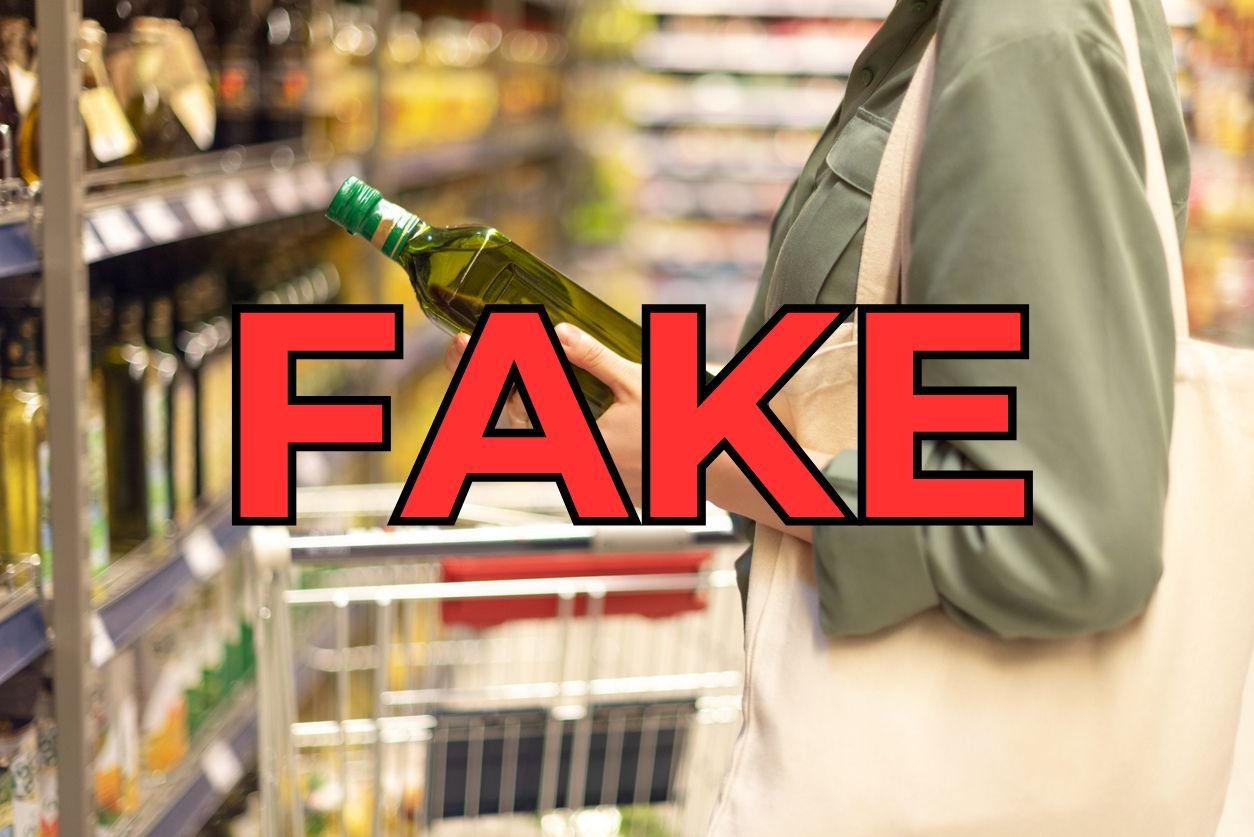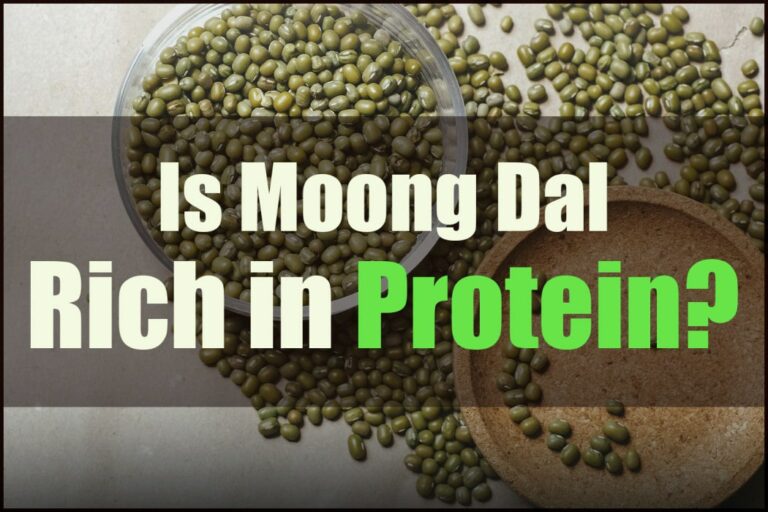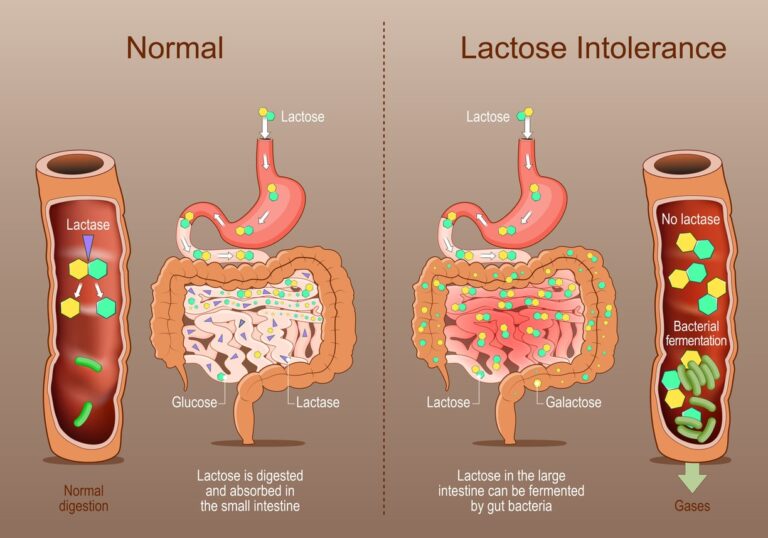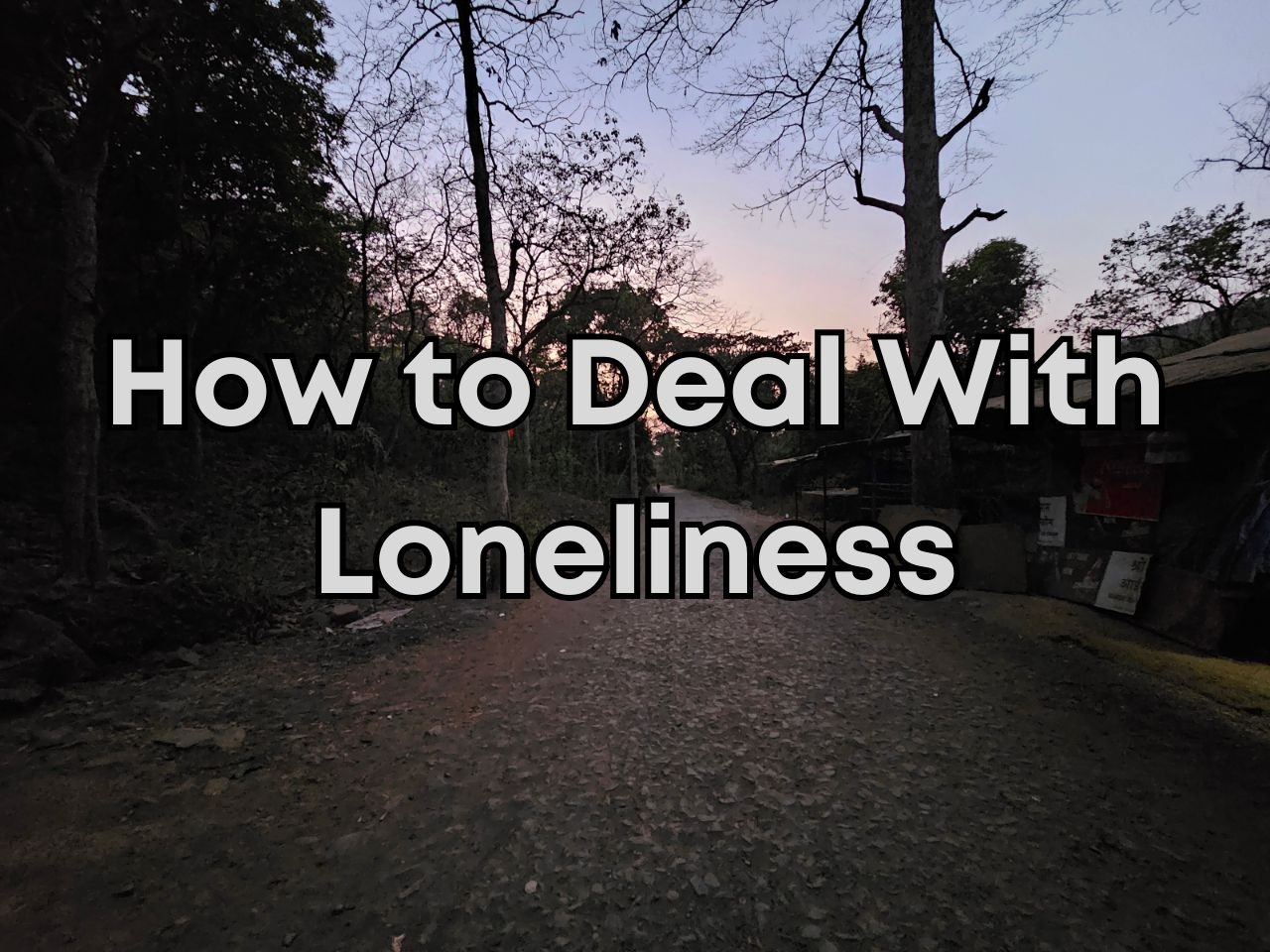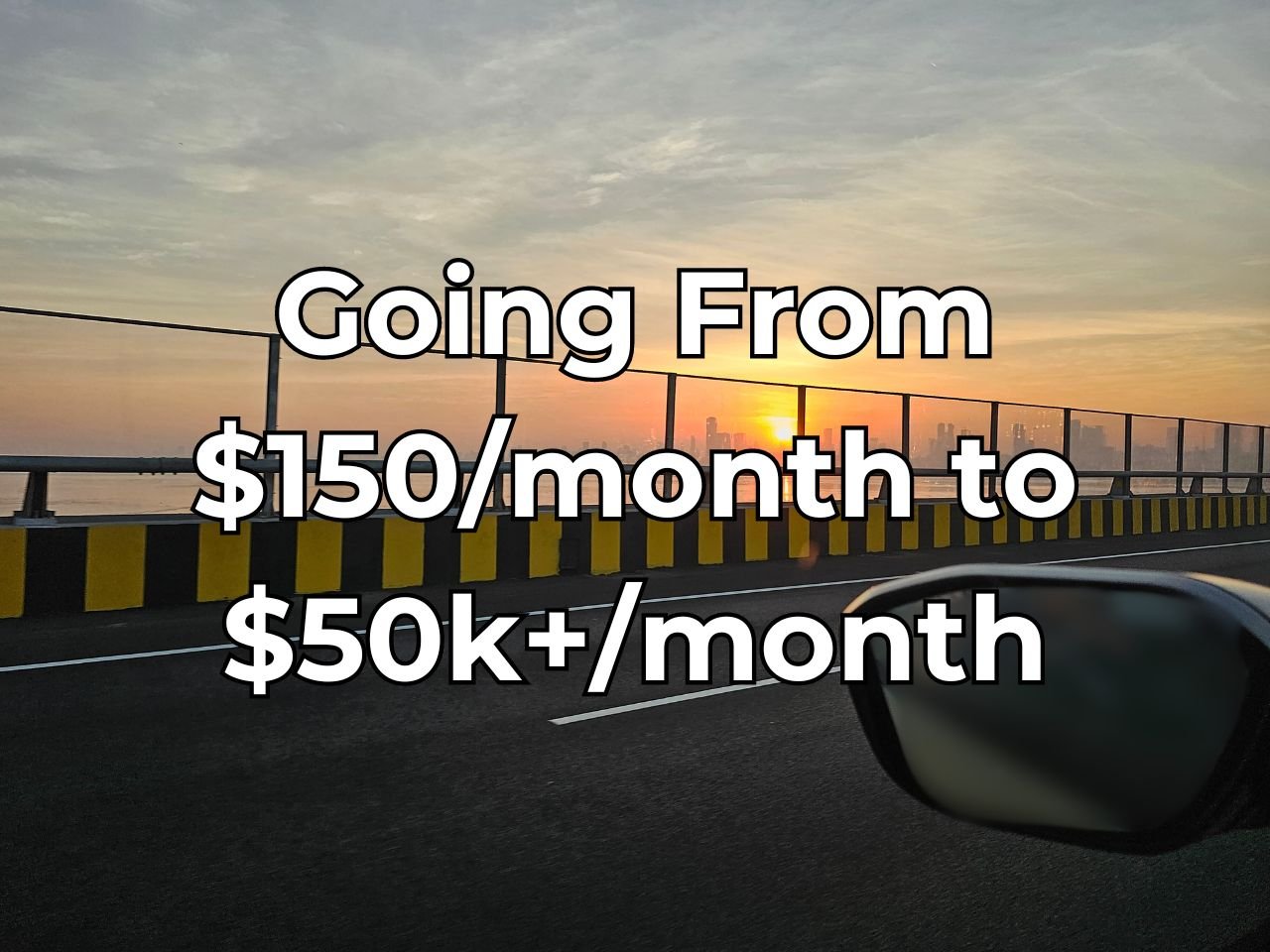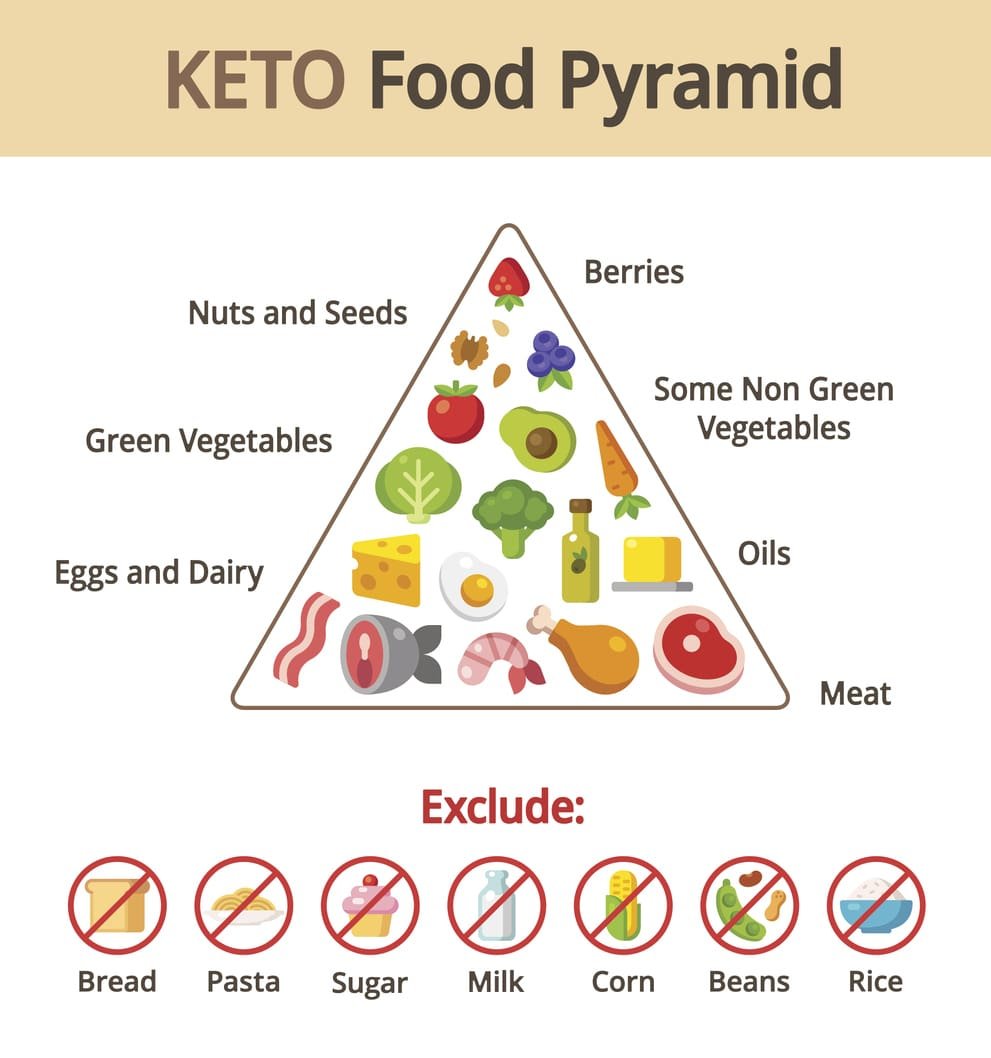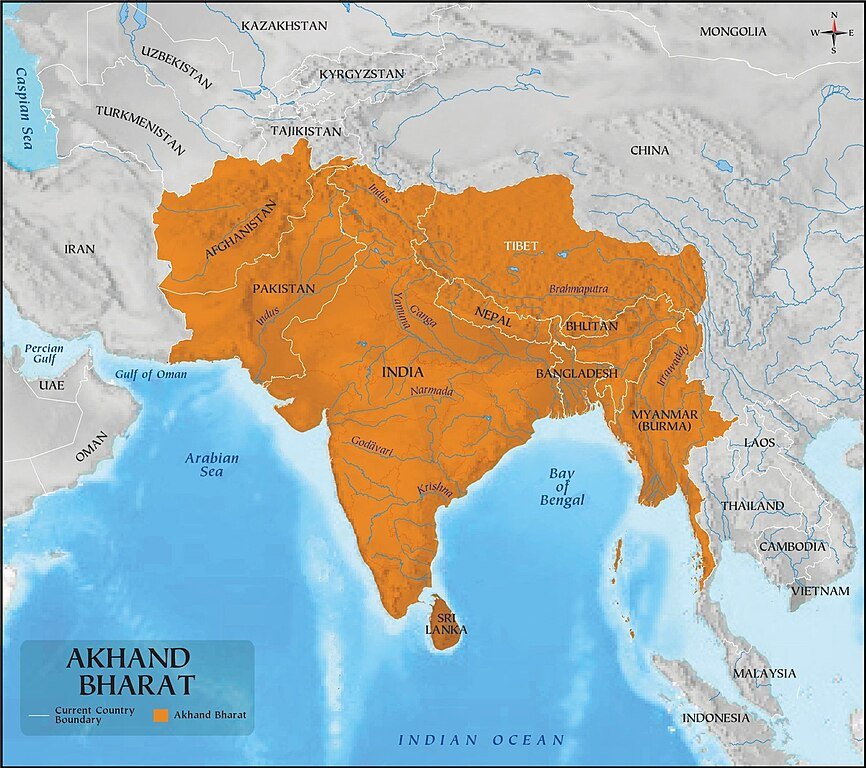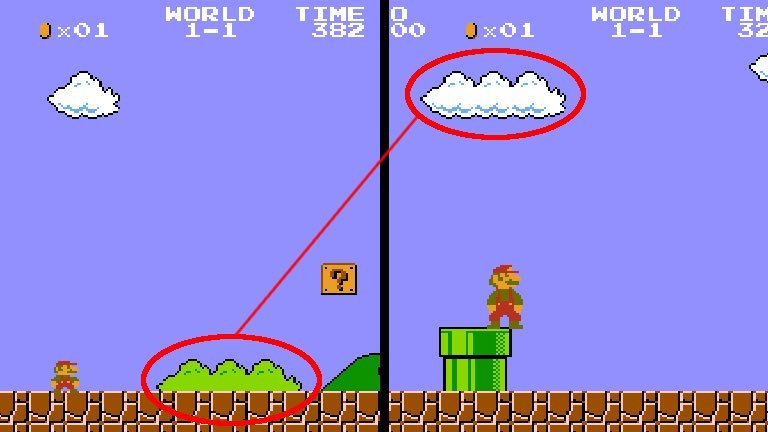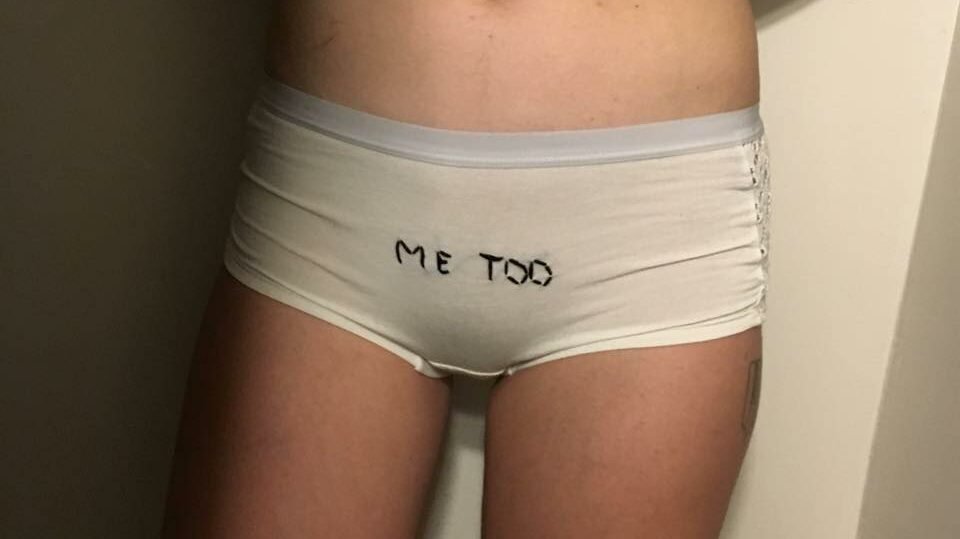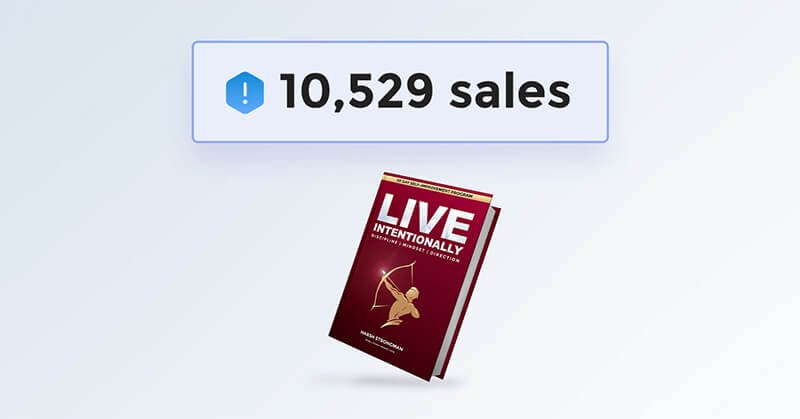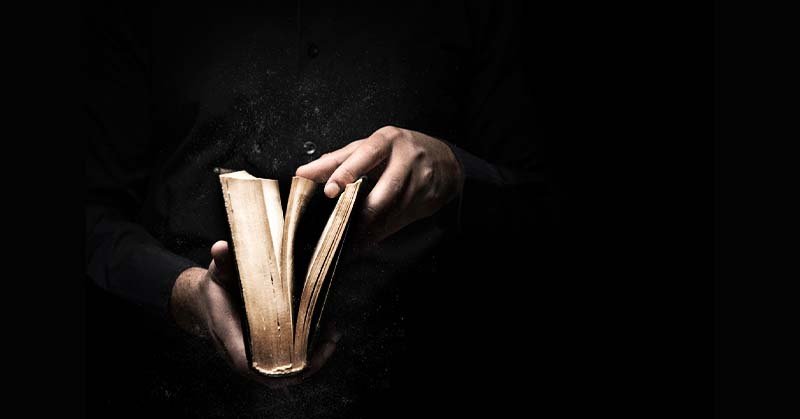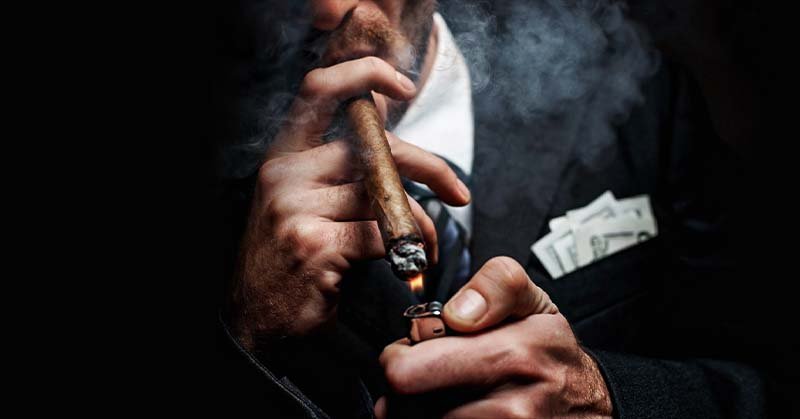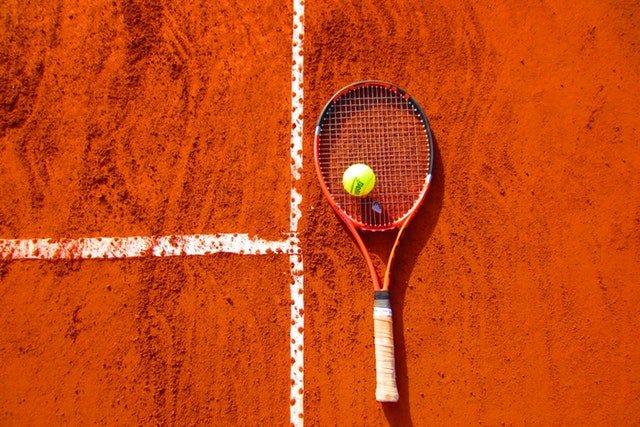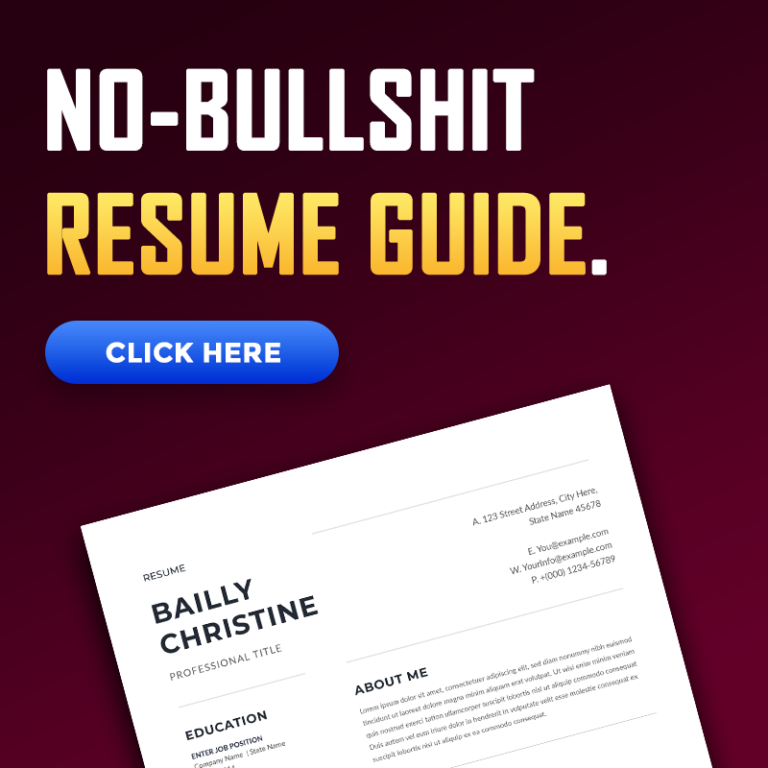From the desk of Harsh Strongman
Subj: Why Most Olive Oil is Fake (and how to know if your olive oil is real)
You will often hear people talk about how good olive oil is for you.
It’s often put in the same category as ghee, butter, lard, and other high quality animal fats.
Here’s a news flash:
The vast majority of olive oil on the market is FAKE.
There are two types of adulteration:
- Olive oil is mixed with cheap vegetable oils like canola oil, palm oil, sunflower oil, and soybean oil.
- Olive oil is labelled “extra virgin” but contains lower quality olive oils, often lampante oil (the lowest grade of olive oil and not considered fit for human consumption).
In the USA, about 80% of olive oil is fake (according to Forbes).
In India, close to 100% of olive oil is fake since we do not make our own oil but just import it from foreign countries.
This is not just my opinion – a study by Australian Olive Association (AOA) showed that 100% of imported olive oils were not up to standards.
India doesn’t have any real standards for olive oil and zero enforcement so it’s pretty much all fake.
Even in Europe, the heartland of olive oil, much of the olive oil is fake. In Italian supermarkets, the rate of fake olive oil on the shelves is estimated at 50%.
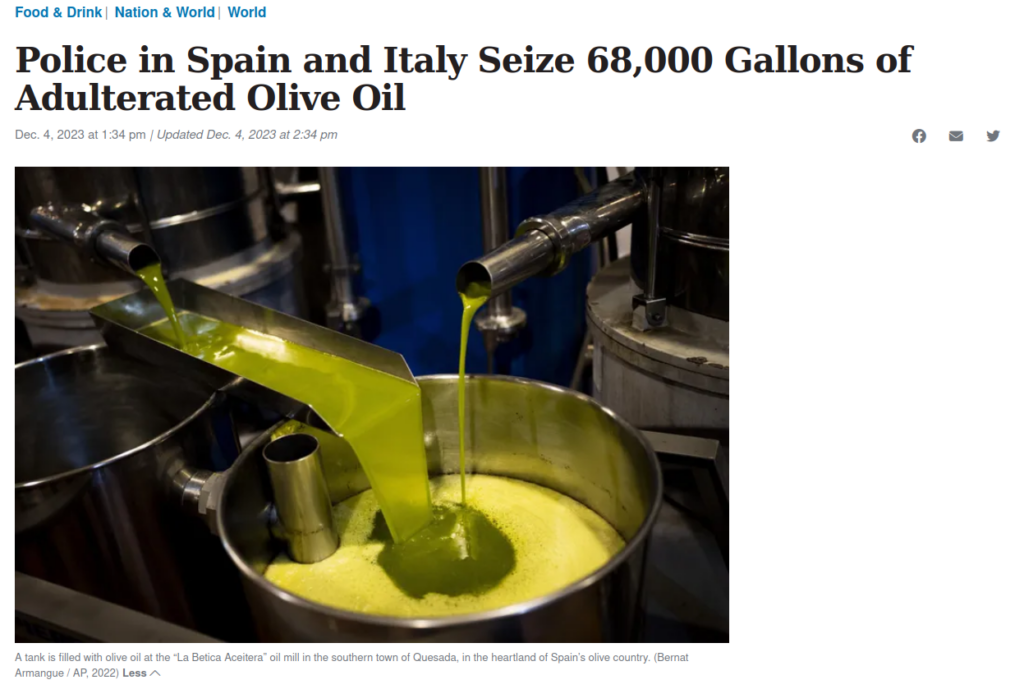
Thousands of people have died over the years because of fake olive oil in Europe.
Why Most Olive Oil is Fake
The reasons are simple: Mafia and Profit and Demand and Supply.
Mafia and Profit:
Italian and other mafia are completely wrapped up in olive oil. They own the production plants, the distribution companies, and even many of the large and “trusted” olive oil brands.
Selling counterfeit olive oil is one of the mafia’s most lucrative and profitable businesses. If you’re buying cheap olive oil from a grocery store – it’s pretty much guaranteed to be fake.
It was estimated to be a $16 Billion per year enterprise back in early 2017 – the value is likely much higher now.
“High-quality olive oil was selling for as much as $50 a gallon while fake products cost only $7 to make… The profit margin can be three times better than cocaine”.
Demand and Supply:
The demand for olive oil is sky high. It’s gone viral and now everyone with $20 in their pocket wants to use it.
In the meantime, the supply for olive oil has taken a hit.
Spain produces 30% of the world’s olive oil and has had multiple bad seasons in a row and is expecting another bad season.
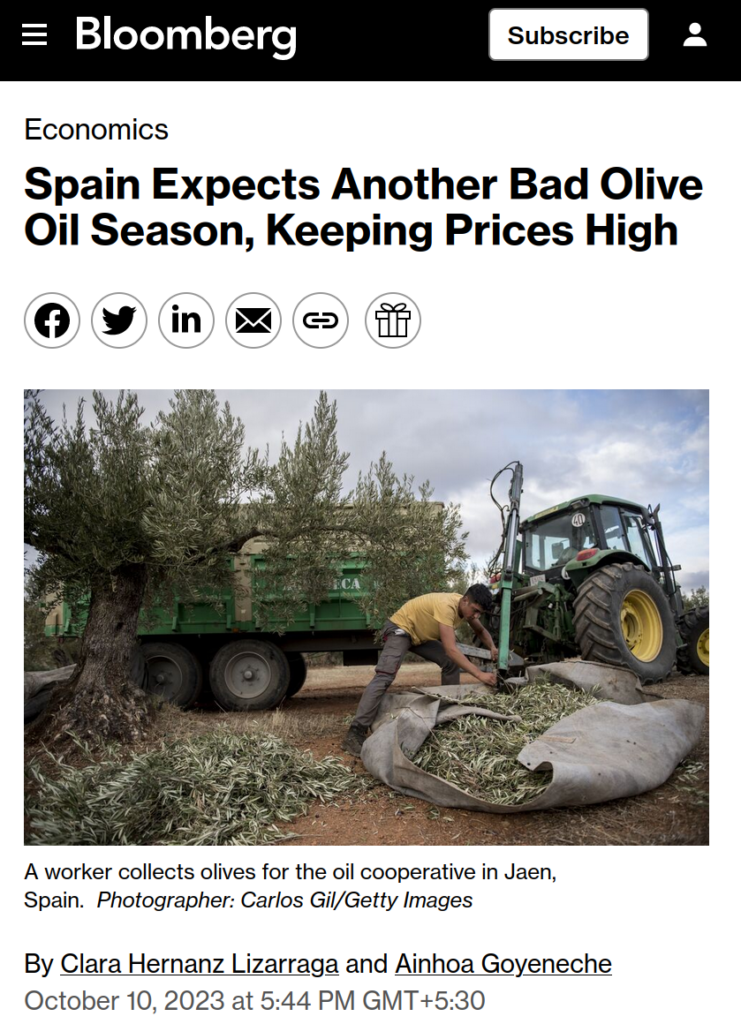
What happens when you have much more demand than supply? Fake products enter the market.
How to Tell If Your “Extra Virgin” Olive Oil is Real or Fake
Here are some thumb rules:
1) If it’s cheap, it’s fake.
2) Imported olive oil is usually fake.
3) Multiple countries of origin means likelihood of adulteration is extremely high.
4) “Pure” or “Light” olive oil is usually garbage.
You will also find taste guides online telling you to look for “peppery taste with hints of grass” and things like that.
Here’s my take: Unless you grew up in Spain or Italy eating fresh olive oil, you cannot tell real from fake just by taste or smell.
Stop acting like you can. You can’t.
Olive oil adulteration makes the mafia tens of billions of dollars each year. Of course they adulterate it in a way that’s hard to detect.

Detecting olive oil adulteration is so complex that you need multiple lab tests – there’s no single test that can do it by itself. Different adulterants require different tests.
In other words, you can’t really tell unless you have a lot of money and access to testing labs and perform multiple tests on the same oil.
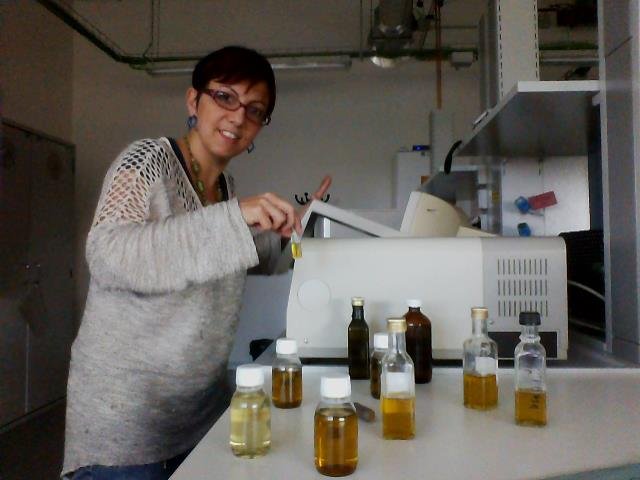
Since we know 80% or more of olive oil is adulterated, unless you can:
- Make the oil yourself from fresh olives
- Buy olive oil from a friend who you are sure makes it himself with fresh olives
You are better off assuming the olive oil is fake.
What Should I do?
There’s no point risking your life and health consuming adulterated products when you can have something else.
Unless you are 100% sure that the olive oil you’re using is real – just eat other high quality sources of fat.
- Ghee
- Butter
- Lard
- Coconut oil
- Tallow (Full disclosure: I would never eat beef tallow myself since I am a Hindu)
Note: Margarine is palm oil garbage, not butter.
I always laugh when I see Indian people spend money on olive oil. Not only is it fake, but it’s also unnecessary.
You have access to the greatest fat source of all time – desi ghee.
Ghee you make at home from cow or buffalo milk is infinitely superior to olive oil you buy from a grocery store.
It’s superior to real olive oil as well.
You have the best animal fat in the world so why are you buying imported plant fat? Some people are just that stupid and influenced by online trends.
Eat ghee, butter, lard, coconut oil – real foods.
Of course some adulteration still exists so the best thing to do is to make them yourself at home.
It’s very easy to make ghee from milk.
If you’re buying from the market – buy directly from the brands.
Unlike olive oil, there’s no mafia running a top to bottom adulteration business for ghee. Most adulteration happens at distributor and retailer levels – not at the manufacturer level.
Buying directly from the brand ensures that you get real products. For example, if you want Amul ghee, buy it from their website (not an affiliate link) not from some retail store.
Note: Some people spend money on A2 ghee. I do not think it makes much of a difference since A1 and A2 is about the casein protein in the milk. Ghee is just fat, it doesn’t have any A1 or A2 casein protein.
Hope this helps.
Your man,
Harsh Strongman

